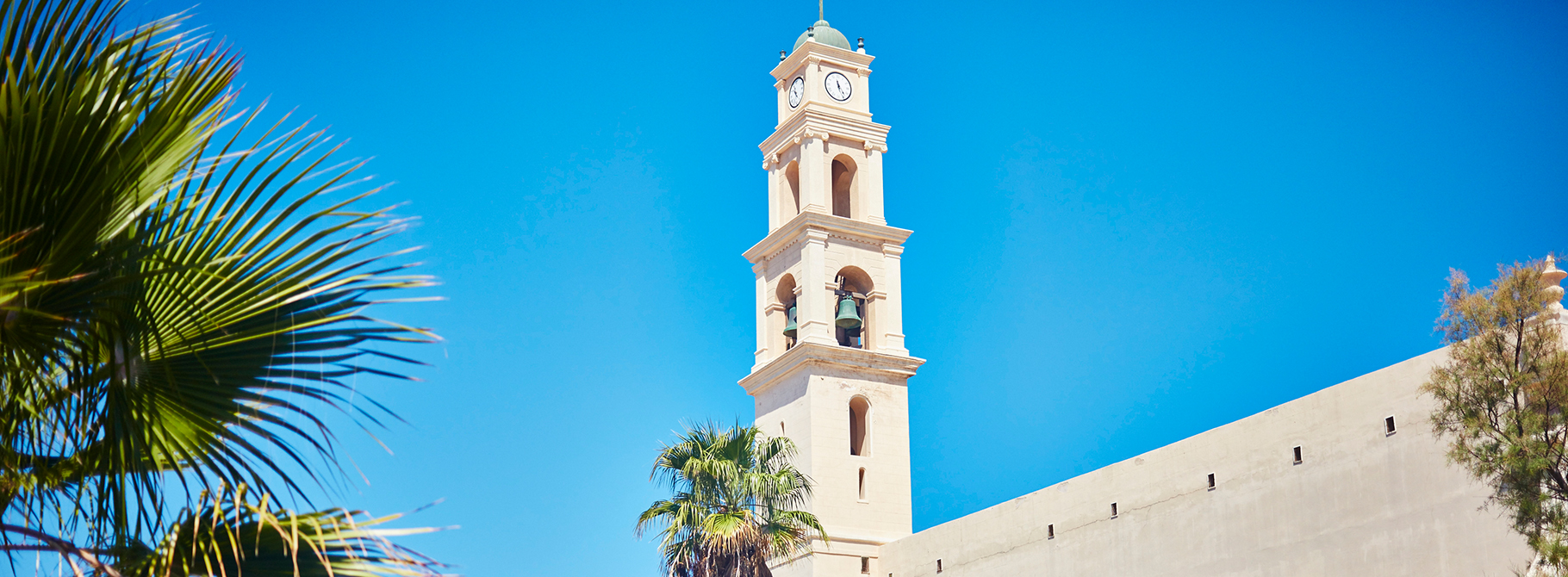Churches in Tel Aviv
In Tel Aviv, known for its diverse cultural landscape, churches hold a special place, offering a glimpse into the city’s religious heritage and architectural splendor.
Scroll to page contentWhile Tel Aviv is primarily known for its vibrant urban scene, several churches dot the cityscape, each with its unique history and significance. Our concierge at The Norman, Tel Aviv can arrange a private tour of these architectural and historical places of worship.
One notable church is St. Peter’s Church, located in the historic neighborhood of Jaffa. This iconic church, with its distinctive bell tower and beautiful interior, dates back to the 19th century and serves as a landmark in the area. It’s not only a place of worship but also a cultural attraction, drawing visitors with its rich history and stunning architecture.
Another significant church in Tel Aviv is the Immanuel Church, situated near the bustling Rothschild Boulevard. This Lutheran church, built in the early 20th century, features a neo-Gothic design and welcomes worshippers and visitors alike to admire its grandeur and serene ambiance.
Additionally, the Greek Orthodox Church of St. George, located in the heart of Tel Aviv, stands as a testament to the city’s religious diversity. This historic church, adorned with intricate Byzantine-style artwork and ornate decorations, offers a glimpse into Orthodox Christian traditions and spiritual practices.
While Tel Aviv is predominantly a secular city, these churches provide a tranquil retreat for those seeking moments of reflection, prayer, or cultural exploration. Many of these churches also host community events, concerts, and religious ceremonies, adding to the city’s cultural vibrancy.
Moreover, the presence of churches in Tel Aviv reflects the city’s commitment to religious tolerance and diversity, fostering a harmonious coexistence of different faiths and traditions within its cosmopolitan fabric.
For visitors interested in exploring Tel Aviv’s religious heritage, a visit to these churches offers not only a glimpse into the past but also a deeper understanding of the city’s cultural mosaic and the role of faith in its evolving identity.





 June 3, 2024
June 3, 2024